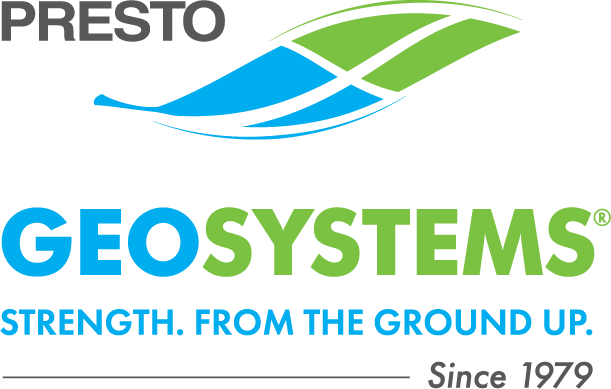Energy infrastructure is critical to the functioning of modern societies, and its protection against natural disasters and environmental threats is a top priority. Climate change exacerbates these disaster risks, with extreme weather conditions and wildfires being of particular concern, considering potential damage to the energy infrastructure and disruption of energy supply. Wildfires cause rapid, severe destruction, and, aside from damage to infrastructure, can impact our climate, vegetation, and atmosphere. To measure the size and impact wildfires have, scientists use observations from several low Earth-orbit satellites, including the Copernicus Sentinel-3. These tracking satellites gather shortwave-infrared data combined with other techniques to differentiate between burned areas and other low reflectance covers such as clouds. The European Space Agency (ESA) compiles that long-term dataset to analyze global fire trends. According to the ESA, fire affects an estimated four million square kilometers (1.5 million square miles) of Earth´s land each year [1]. That is 400,000,000 hectares (990,000,000 acres) yearly—about half the size of the United States of America, an area larger than the country of India. The United Nations Environment Programme (UNEP) Rapid Response Assessment on Wildfires compiles findings from over 50 experts from research institutions, government agencies, and international organizations around the globe, and… Read more »
Monthly Archives: June 2024
Transforming Transportation Infrastructure: Protecting Road and Bridge Embankments with Geocells
In a rapidly changing world, maintaining and improving our transportation infrastructure’s resilience and sustainability has become a critical concern for civil engineers. Climate change and increasing frequency of natural disasters present an ongoing challenge to the durability of our infrastructure. In the context of road and bridge embankments, protecting these structures can be of paramount significance to the safety and welfare of the public. These structures are often subjected to fluctuating environmental conditions, heavy traffic loads, and must be able to withstand major storm events to protect embankment materials from soil washouts and the long term damaging effects of erosion. So how can civil engineers meet these growing demands without compromising sustainability or longevity? Increasingly, engineers are turning to geosynthetic solutions, such as the GEOWEB® Soil Stabilization System—a low-maintenance and eco-friendly solution for long-term protection of road and bridge embankments. In many cases, the GEOWEB Geocells offer a flexible, durable, and environmentally responsible alternative to traditional construction materials that can accommodate a wide range of infill materials, including soil, aggregate, or concrete, to establish hard or soft armor, as necessary, for protection as well as aesthetics. As we explore the capabilities of the GEOWEB Geocells, we will find that this… Read more »

 800.548.3424
800.548.3424